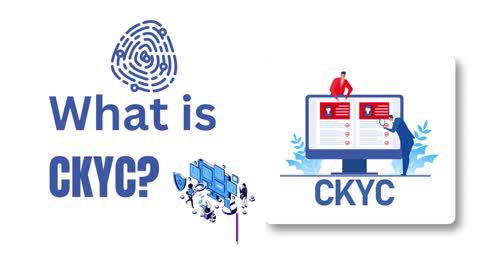MICR stands for Magnetic Ink Character Recognition. It is a 9-digit code used in banking to facilitate the secure and efficient processing of cheques and other documents. Introduced as a part of banking automation, the MICR code plays a crucial role in streamlining cheque clearing and reducing manual errors.
The primary purpose of MICR technology is to enable high-speed cheque processing while ensuring accuracy. It achieves this by using magnetic ink and specialised fonts that can be read by machines, even if the cheque is slightly smudged or damaged.
Why is MICR important in banking?
- Error-free processing: MICR codes minimise the chances of errors during cheque clearing.
- Automation-friendly: It enables banks to automate cheque processing, saving time and resources.
- Security: The use of magnetic ink helps prevent fraud by making it difficult to alter or forge cheques.
For banks and financial institutions, MICR codes are indispensable in ensuring smooth and secure operations, particularly in handling high volumes of cheques.













